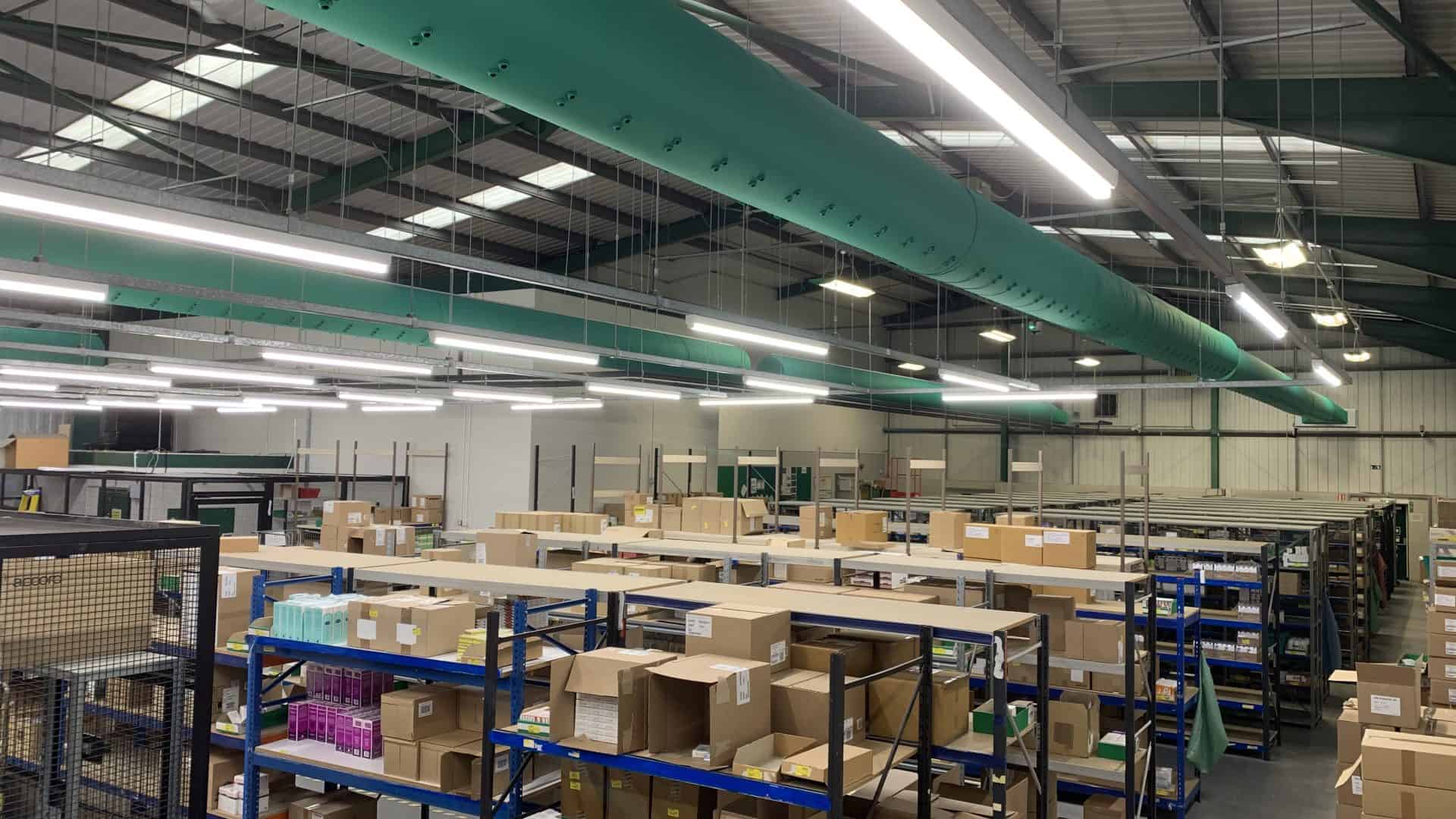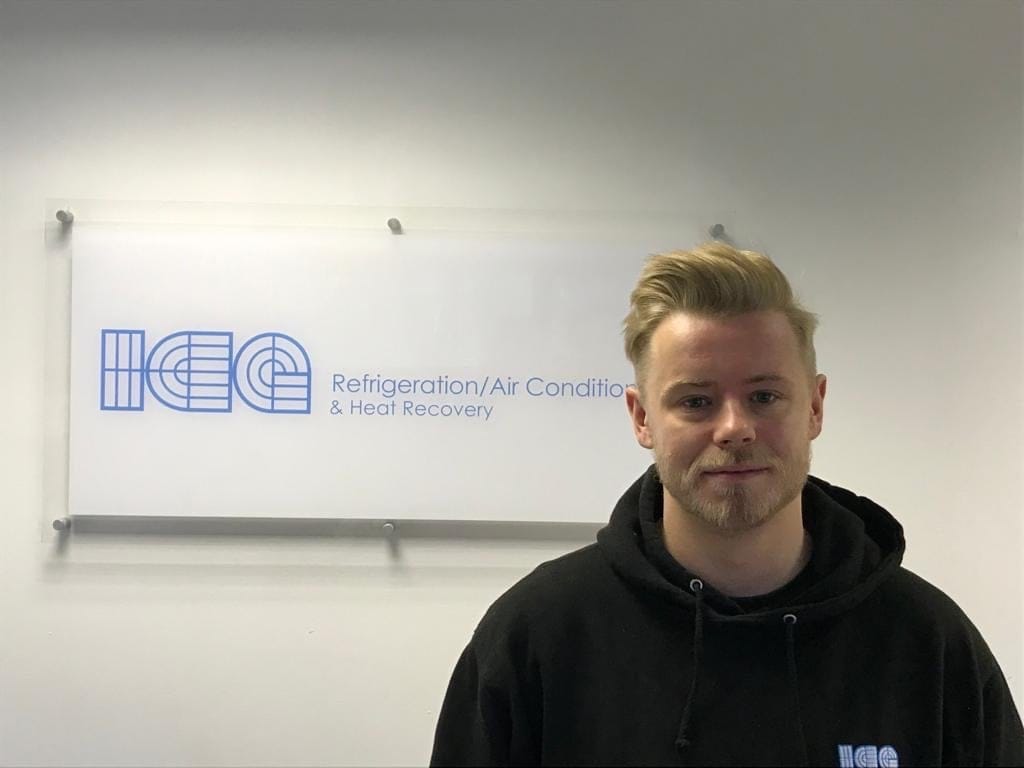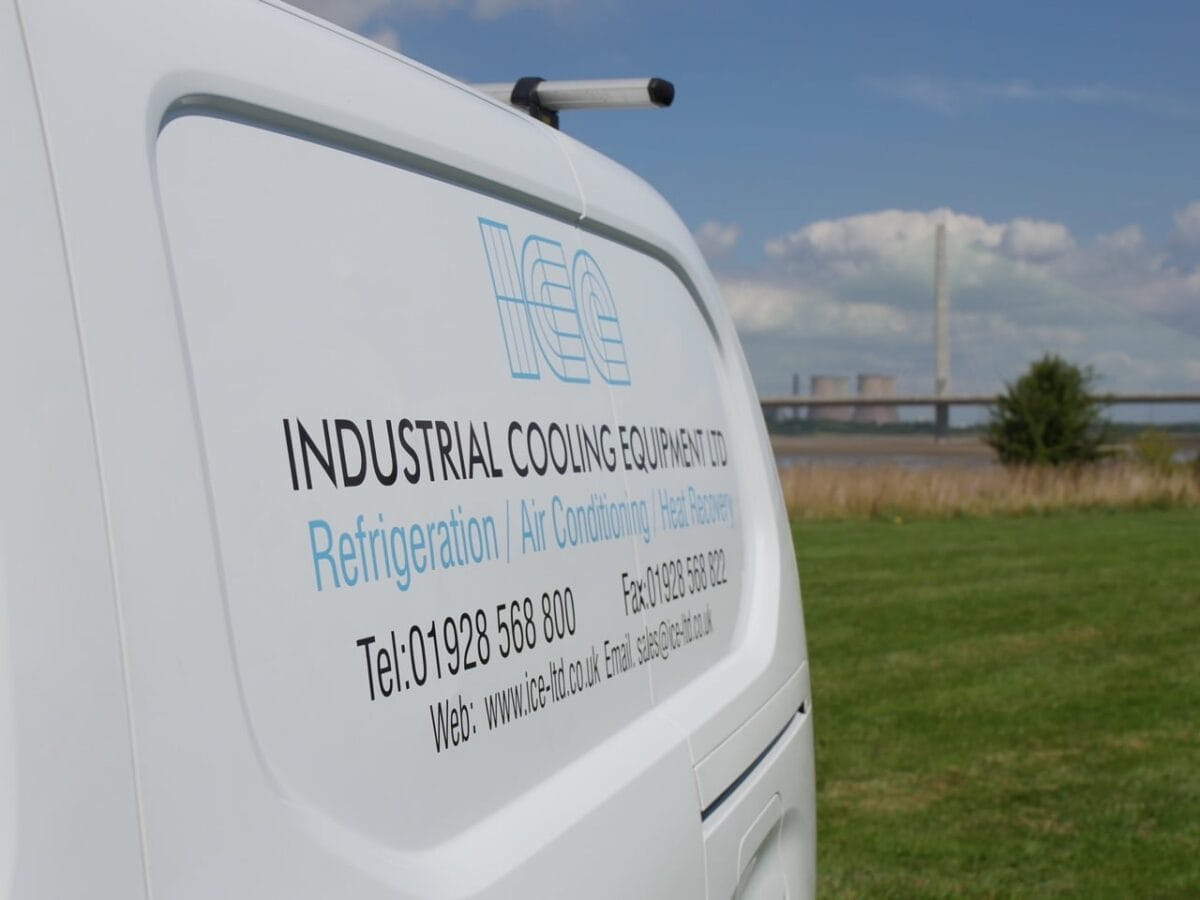At ICE, we understand that there’s little room for error in pharmaceutical production and distribution.
The storage of pharmaceutical products requires precise temperature control to guarantee the integrity and of medicines and similar materials.
We’ve accumulated plenty of experience from working closely those operating in the healthcare sector, developing our know-how when it comes to designing and installing advanced temperature control systems and pharmaceutical refrigeration that ensure compliance with relevant regulations.
Here’s now ICE builds cold stores for pharmaceutical warehouses. .
The importance of temperature-controlled warehouses
A closely and continuously monitored temp-controlled warehouse is essential to the success of pharmaceutical operations.
Medicines are sensitive to their environment, and must be stored at a precise ambient temperature in accordance with guidelines set by The Medicines & Healthcare products Regulatory Agency (MHRA).
For most pharmaceutical products, that’s between +15°C and +25°C (59°F to 77°F).
This is particularly true for medications which do not require refrigeration, including a range of over-the-counter and household products like creams, gels, pills, and inhalers.
Temperature fluctuations in this type of environment are not only inconvenient; they can have costly consequences too, ranging from extensive paperwork and increased regulatory scrutiny through to – in a worst-case scenario – the total loss of stock with values that occasionally add up to millions of pounds.
That’s why the careful design and maintenance of a temperature-controlled warehouse is essential.
Essential technology in a temperature-controlled warehouse
To ensure consistent conditions, ICE provides a range of temperature control technologies designed specially for the needs of pharmaceutical warehousing.
These include:
Air Handling Units (AHUs)
AHUs form the backbone of traditional HVAC systems in larger spaces, including pharmaceutical warehouses.
Fresh outside air is mixed with return air from the warehouse before it’s filtered, conditioned, and then distributed evenly through well-designed ducting systems that ensure a uniform temperature.
ICE designs and installs tailored warehouse air conditioning systems that meet the unique requirements of pharmaceutical storage and distribution.
- Fabric Ducted DX Systems
Direct expansion (DX) systems ensure an even distribution of air, eliminating cold drafts while enabling cooling below dew point without condensation.
- Evaporative cooling
This uses water to reduce the air temperature by passing warm, dry, outside air through water-soaked pads. Fans are used to evenly distribute the cooled air throughout the temperature-controlled warehouse. This is a cooling-only method and does not provide heating, so supplementary heating or an adequate internal heat load will be required to prevent the temperature dropping too low.
Indirect evaporative cooling is a variant of this method, cooling the air via a highly-efficient heat exchanger, which doesn’t add humidity to the indoor environment.
What is redundancy in a temperature-controlled warehouse?
Redundancy is an essential component of any temperature-controlled warehouse, where even a short-term loss of temperature control can result in compliance issues or lost inventory.
With single backup systems being overly costly and impractical in large warehouses, multiple smaller, independent systems will usually be required.
These ensure acceptable temperatures can be maintained until repairs can be made in the event of one system breaking down.
Partitioning for smart space use in larger warehouses
Large, complex pharmaceutical operations will often need to store products with different requirements when it comes to temperature control.
Insulated curtain walls can be installed to create dedicated zones for cooling, reducing both capital and operational expenditure.
Scalable and flexible, these make it easier and more cost-effective to retrofit a temp-controlled warehouse.
An intelligent design layout supports efficient temperature control and leads to substantial reductions in running costs over time.
Mitigating heat loss and temperature gain
Everyday human behaviour, such as leaving doors open, can quickly compromise a temperature-controlled environment, for example when new staff arrive at work, or during loading and unloading operations.
When ambient air enters a controlled zone, HVAC systems are required to work harder to achieve the correct temperature.
Sealed loading bays are an ideal installation, but are not always realistic. Instead, a variety of other cost-effective solutions can be installed, including
- Air curtains – these create an invisible air barrier separating environments
- Strip curtains – these are flexible, transparent barriers that reduce air loss
- Rapid rise ‘Bulldog’ doors – these are fast-closing doors that minimise exposure to ambient air
An often-overlooked contributor to internal heat load in pharmaceutical warehouses is solar gain, especially through rooflights.
Even with modern solar-reflective glazing, warehouses with extensive rooflights experience higher heat loads compared to those without.
This is where smart building design and cooling system specification become critical.
At ICE, we incorporate solar gain assessments into our load calculations to ensure that our systems can handle worst-case scenarios – including peak summer sunlight.
Temperature-controlled warehouse solutions from ICE
Whether you’re equipping a new temperature-controlled warehouse or retrofitting an existing one, ICE can help by calling on decades of experience in industrial refrigeration and air conditioning.
We design bespoke systems tailored to your operation size, layout, and regulatory requirements, providing:
- Comprehensive design and consultancy
- Full installation services
- Ongoing maintenance and support
- Emergency response and system audits
- Compliance assurance with relevant MHRA and GDP guidelines
With our cooling solutions, pharmaceutical businesses can protect their inventory, reduce energy costs, and stay audit-ready at all times.
We like to make things easy, and managing director Nick Griffiths explains exactly how in this video.
Contact us today and tell us about your project.






